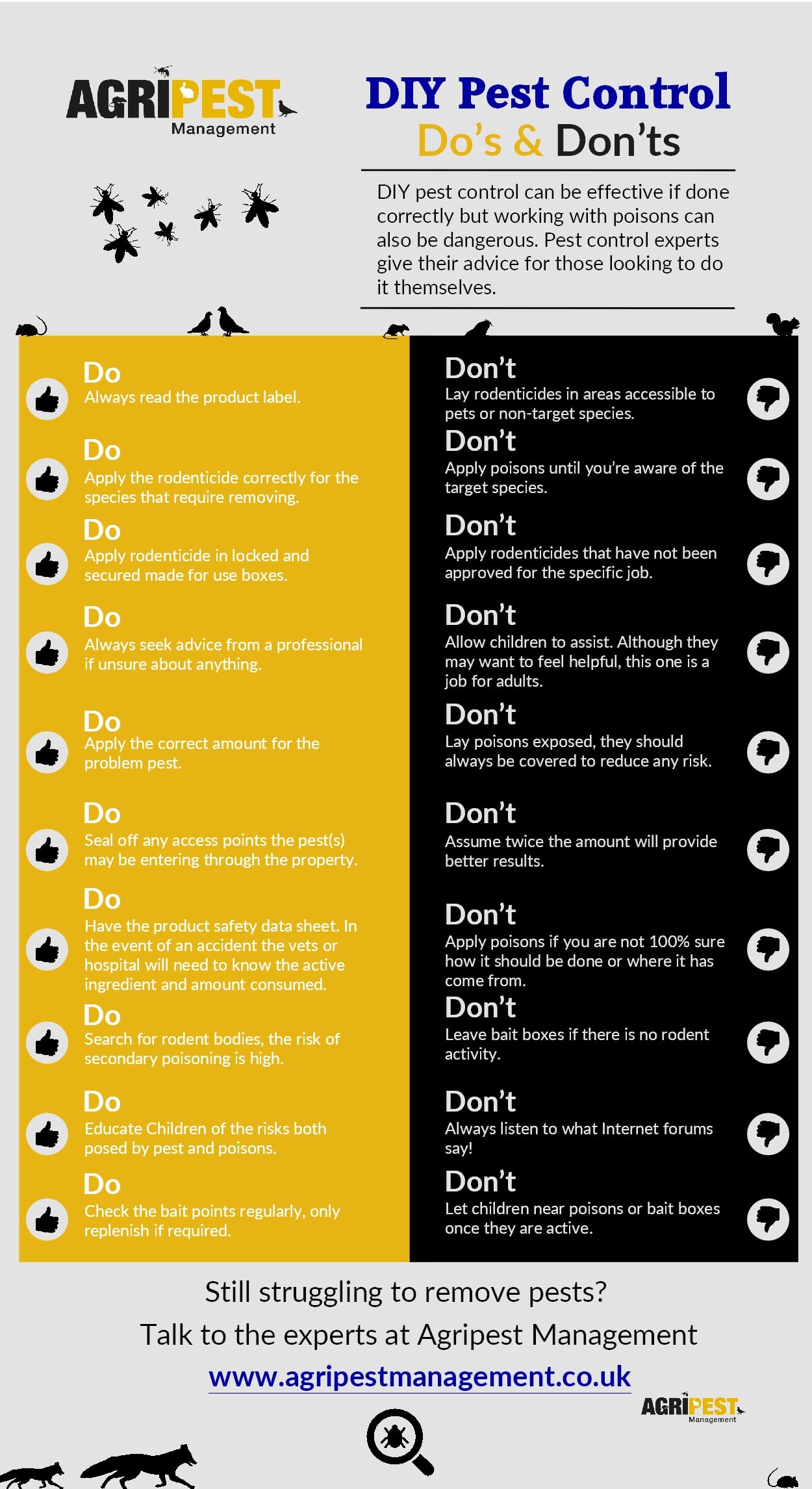Shielding Your Attic From Rodents: Trick Guidance For Homeowners
Shielding Your Attic From Rodents: Trick Guidance For Homeowners
Blog Article
click for info -Austin Park
Visualize your attic as a cozy Airbnb for rodents, with insulation as cosy as hotel pillows and wiring a lot more enticing than room solution. Now, think of these unwanted visitors throwing a wild party in your home while you're away. As a homeowner, guaranteeing your attic room is rodent-proof is not almost assurance; it has to do with safeguarding your home and liked ones. So, what straightforward actions can you take to secure your refuge from these furry intruders?
Examine for Entrance Things
To start rodent-proofing your attic, evaluate for entrance factors. Begin by carefully checking out the exterior of your home, seeking any kind of openings that rats can utilize to get to your attic room. Check for spaces around energy lines, vents, and pipelines, along with any type of cracks or holes in the structure or siding. Ensure to pay very close attention to locations where different building products meet, as these are common access factors for rodents.
Furthermore, examine the roof for any damaged or missing out on tiles, as well as any kind of voids around the edges where rats might squeeze with. Inside the attic, search for indicators of existing rodent activity such as droppings, ate cables, or nesting products. Use a flashlight to completely examine dark corners and concealed rooms.
Seal Cracks and Gaps
Check your attic room extensively for any kind of splits and spaces that require to be sealed to prevent rats from getting in. Rodents can press via also the smallest openings, so it's important to seal any prospective access points. Inspect around pipelines, vents, cables, and where the wall surfaces fulfill the roof. Make use of a combination of steel wool and caulking to seal off these openings efficiently. Steel woollen is an outstanding deterrent as rats can't chew through it. Make certain that all spaces are snugly sealed to refute access to unwanted bugs.
Don't ignore the importance of sealing voids around windows and doors also. Use weather stripping or door moves to secure these locations efficiently. Inspect the locations where utility lines enter the attic room and seal them off making use of an ideal sealant. By making the effort to seal all fractures and gaps in your attic room, you create an obstacle that rats will discover difficult to breach. Prevention is type in rodent-proofing your attic, so be extensive in your initiatives to seal off any kind of possible access factors.
Remove Food Resources
Take positive steps to get rid of or keep all potential food resources in your attic to discourage rodents from infesting the space. Rats are attracted to food, so removing their food sources is critical in maintaining them out of your attic.
Below's what you can do:
1. ** Store food firmly **: Stay clear of leaving any kind of food products in the attic room. Store all food in impermeable containers made of metal or sturdy plastic to prevent rodents from accessing them.
2. ** Tidy up particles **: Get rid of any stacks of debris, such as old papers, cardboard boxes, or timber scraps, that rodents can make use of as nesting material or food sources. Keep the attic room clutter-free to make it less appealing to rodents.
3. ** Dispose of trash correctly **: If you use your attic for storage and have garbage or waste up there, ensure to get rid of it consistently and appropriately. Rotting trash bin draw in rodents, so keep the attic room clean and free of any type of organic waste.
Conclusion
To conclude, remember that an ounce of avoidance deserves a pound of cure when it pertains to rodent-proofing your attic room.
By putting in the time to inspect for entrance factors, seal cracks and spaces, and eliminate food resources, you can maintain undesirable parasites away.
Remember, 'An ounce of prevention is worth an extra pound of cure' - Benjamin Franklin.
Stay proactive and safeguard your home from rodent problems.
